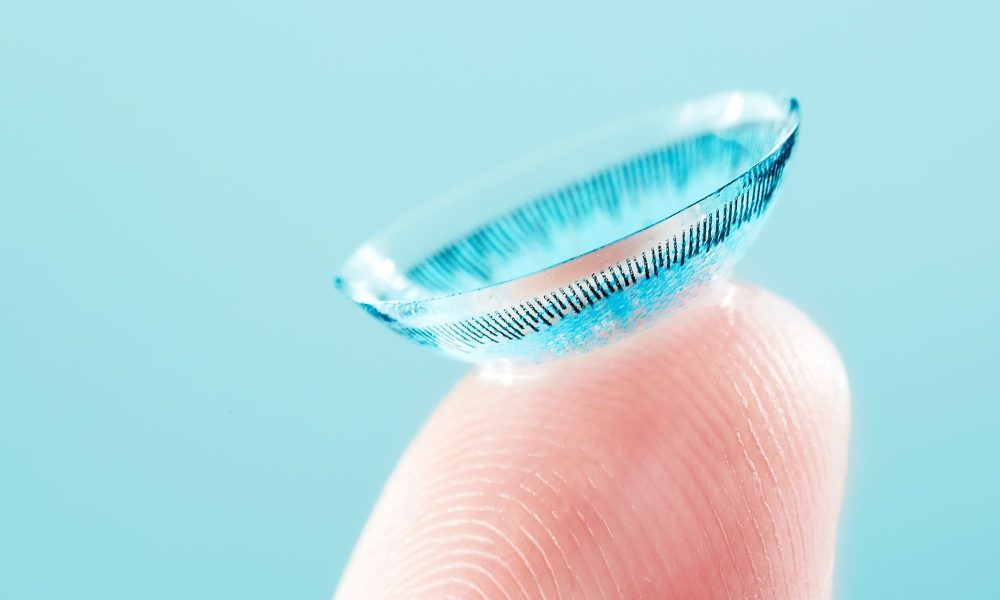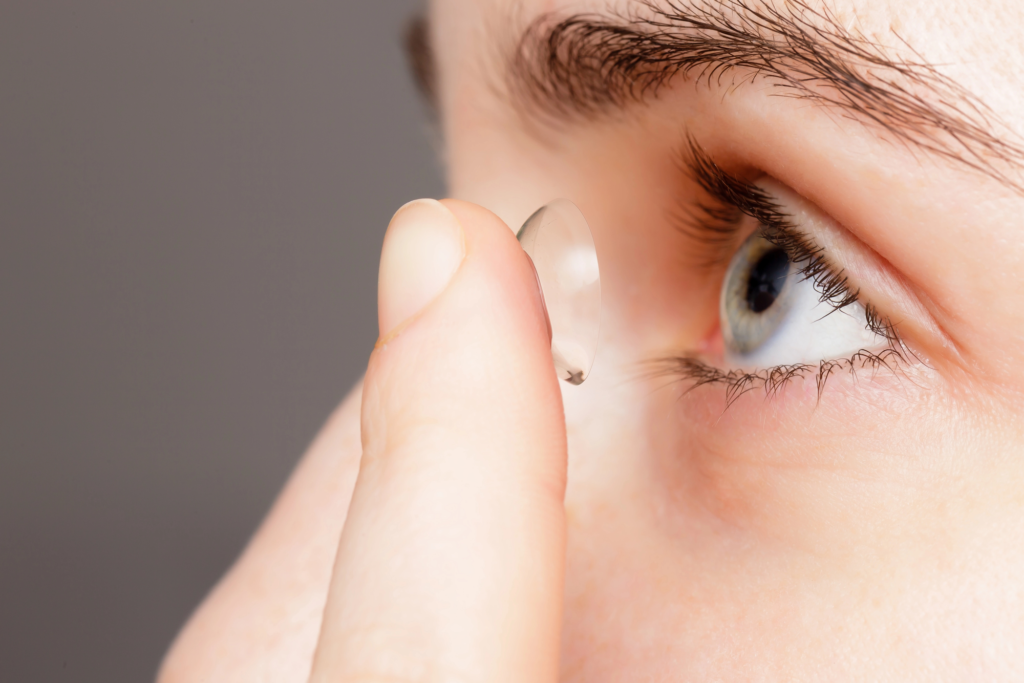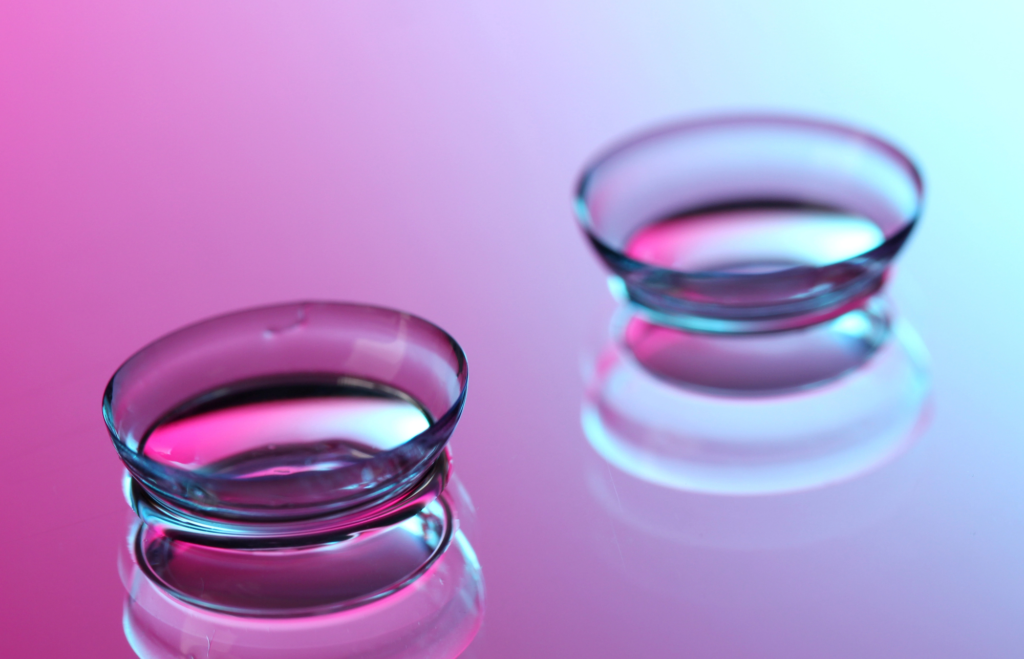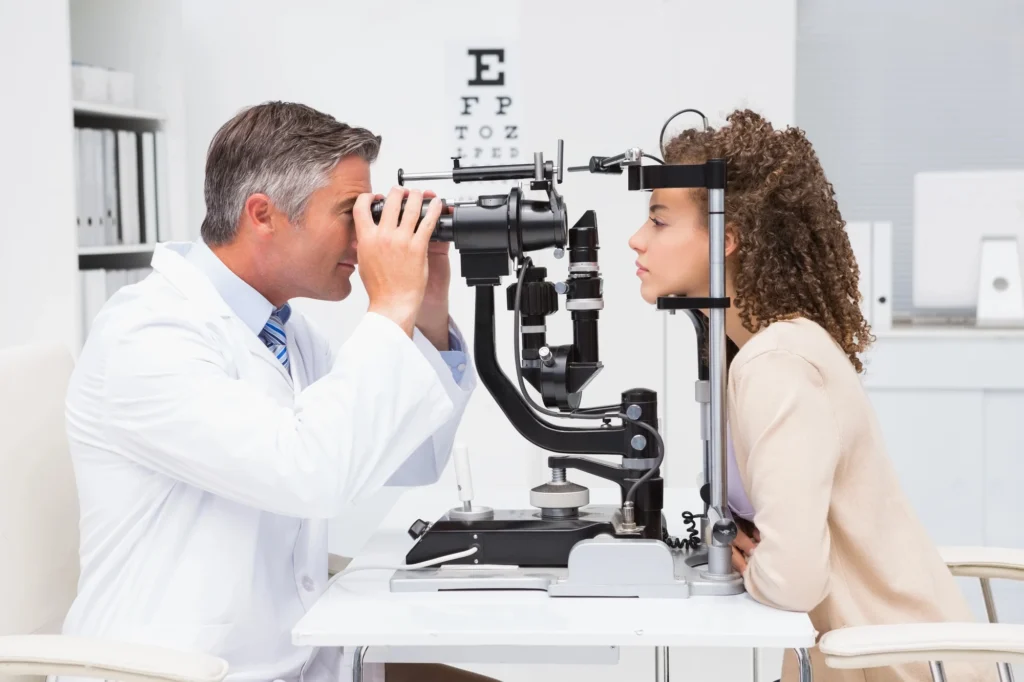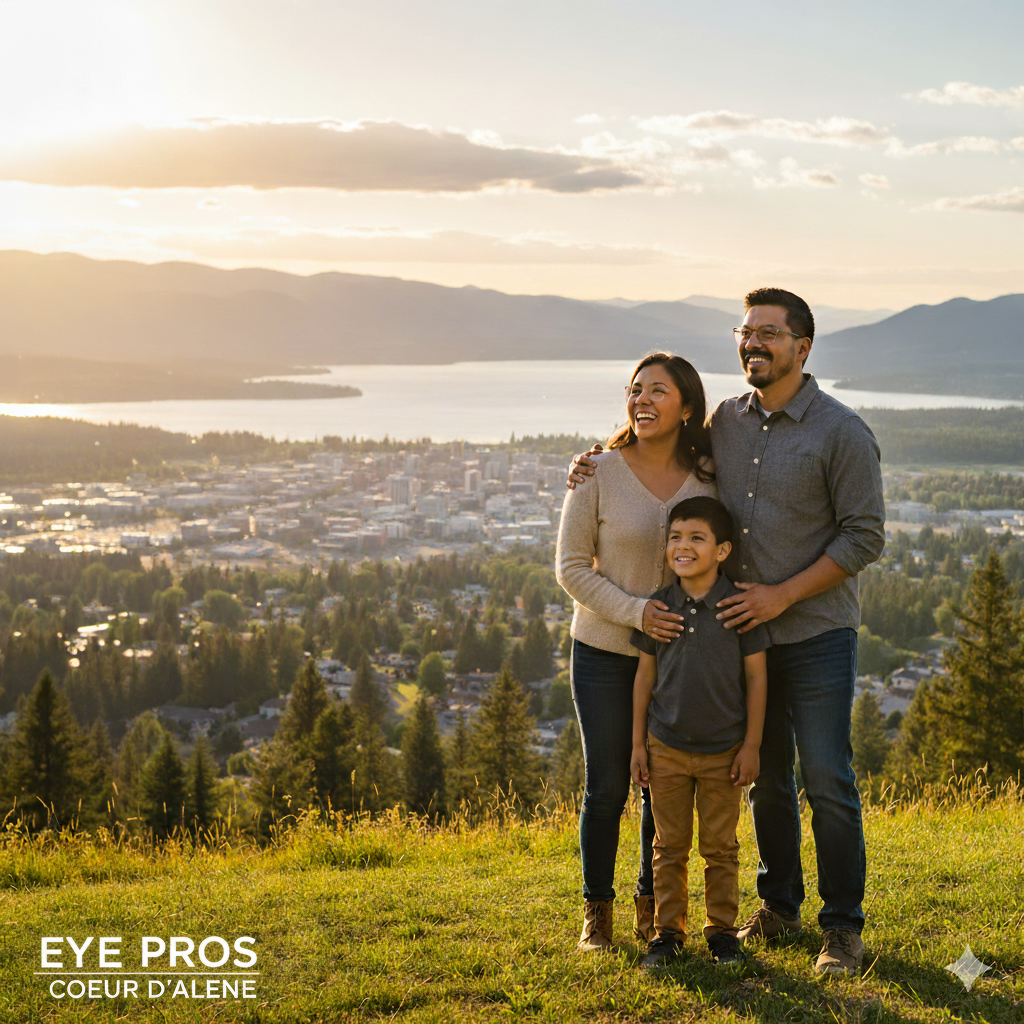About 79% of adults use some form of vision correction. That’s right, if you need glasses or contact lenses, you’re in the majority!
Did you know that there are different types of contact lenses? While your optometrist may not go over all of your options with you, you should be aware of what those options are.
We’re here to talk about some of the most common types of contact lenses that are available. Read on to learn more.
Soft Contact Lenses
Soft contact lenses are the most common contact lenses you’ll find in 2023. Most people who wear contact lenses wear some form of soft contact lenses.
These common lenses are made of thin and flexible plastic and they allow air to pass through. Most people find them comfortable enough for all-day wear, though some people find that they start to hurt after several hours.
Eye doctors can prescribe soft lenses for the majority of vision problems. They’re safe to use as long as patients follow the instructions of their eye doctors. Many people consider them the best contact lenses.
The big issue with soft contact lenses is that they’re easy to break or rip accidentally.
Rigid Gas Permeable Contact Lenses
Rigid gas permeable contact lenses (RGB lenses) are also sometimes referred to as hard contact lenses. Most people who wear contacts have never encountered hard contact lenses before because soft contact lenses are standard.
Hard contact lenses are more durable than soft contact lenses. They’re less likely to rip or tear. They also last longer and may be more affordable in the long run as a result.
They’re also more difficult to clean. Soft contact lenses need a quick multipurpose solution rinse. Hard contact lenses need a special solution and cleaning regimen to keep them clean and comfortable.
Hard contact lenses often yield better results than soft contact lenses, but it is at the cost of comfort and difficulty with maintenance.
Extended-Wear Contact Lenses
Extended-wear contact lenses are usually (but not always) soft contact lenses. You can wear them overnight and even for several days at a time.
Many eye doctors don’t recommend extended-wear contact lenses because they put wearers at a greater risk of eye infections. That said, if you’re a good patient and your eye are in good health, they may approve the lenses for you.
Your eyes will need a break for up to an entire day between extended-wear lenses.
Daily Disposable Contact Lenses
On the other end of the spectrum are daily disposable contact lenses. These are often the most expensive contact lenses, but they’re also the most comfortable and hygienic. They may be best for people who don’t wear contact lenses every day.
These lenses come in packs of 30. They’re incredibly thin and soft. Patients wear these lenses for a single day before throwing them away and replacing them with a new pair.
It’s risky to wear a pair of daily disposable lenses more than once. If you can’t commit to switching lenses daily, opt for planned replacement lenses.
Planned Replacement Lenses
Most people have planned replacement lenses.
These are also disposable lenses that you remove every day, but you can wear them more than once. Depending on your eye health and the type of lens you buy, you can wear them for up to thirty days (though some should be replaced every week). Your eye doctor will help you pick the right lenses for you and your lifestyle.
These lenses are often soft. You keep them clean in a multipurpose solution when you’re not wearing them. You shouldn’t wear them overnight unless otherwise instructed by your eye doctor.
Overnight Orthokeratology Lenses
This is a rare type of contact lens. Overnight Orthokeratology lenses are otherwise known as ortho-k lenses. These lenses only go on your eyes at night while you’re sleeping.
They can correct minor nearsightedness by temporarily changing the shape of the patient’s eyeball. The patient needs to wear the lenses every night to continue seeing results. If you stop wearing the lenses, you stop getting the benefits.
Some patients start to lose vision sometime during the day while others will be fine all day long. If you’re a candidate for ortho-k lenses, your doctor will help you find a wearing schedule that makes sense for your eyes and lifestyle.
Toric Lenses
Toric lenses are contact lenses for people with astigmatism. That means there’s a problem with the curvature of the eye. Because of that, standard contact lenses won’t work well (or even stay in place).
Toric lenses are shaped differently so they can fit unique eye shapes. While people with astigmatism can wear non-toric lenses, they won’t be comfortable and their vision may still be blurry.
Decorative or Fashion Lenses
Fashion lenses are more popular than ever. While some people get fashion lenses that are also corrective lenses, many people who don’t need vision correction buy them as well.
Some of them look natural while others are more unique and best for costumes.
Even if you aren’t correcting your vision, it’s always best to talk to an eye doctor before getting decorative lenses. Your eyes are sensitive and low-quality contact lenses could cause problems.
Those Are the Types of Contact Lenses
There are so many different types of contact lenses! Which ones are right for you? If you’re not sure, the best thing to do is to talk to your eye doctor about your options.
At The Eye Pros, our experienced optometrists are ready to help you. Contact us to schedule an appointment so you can start seeing the world clearly.

